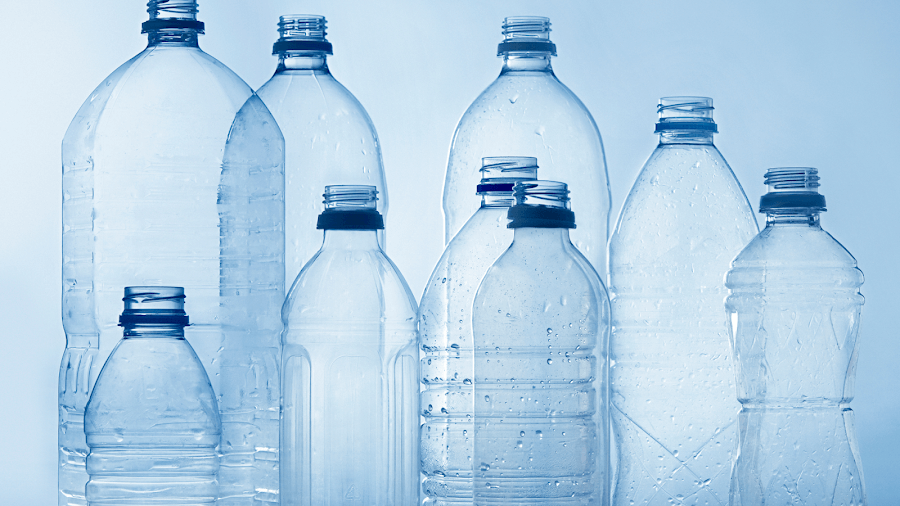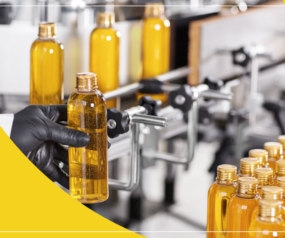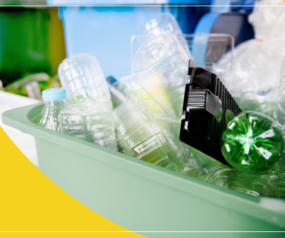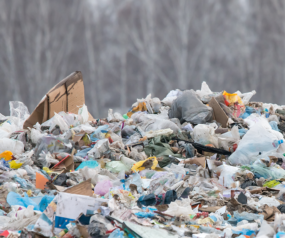What Is The HACCP Approach For Packaging And Food Industry Businesses?
Before we explore the HACCP approach for packaging within the food industry, it is important to note that Plas-Pak have been HACCP certified since 2016. HACCP plays a pivotal role within the business and Plas-Pak undergo rigorous inspections each year to certify and confirm that they are still full compliant.
It is also important to understand that HACCP is not just handed out to plastic manufacturers throughout Australia. Gaining a new certificate each year is a large undertaking for any business.
Since its origin in the 1960s as a cornerstone of space travel, the application of Hazard analysis and critical control points (HACCP) concepts in the food sector has increased in modern times. To assure the safe handling of food products, modern industrial businesses use a variety of hygiene ideas, including the HACCP approach. However, what is the HACCP approach? This article will assist you with learning about the HACCP approach for food packaging and food industry businesses.
What does the HACCP acronym stand for?
The term HACCP stands for Hazard Analysis and Critical Control Points, and food firms utilise this self-monitoring technique to safeguard their final product and the consumer. HACCP is a management method that ensures food safety by analysing and controlling biological, chemical, and physical hazards from production, procurement, and handling of raw materials to the final product’s creation, distribution, and consumption. To guarantee the safe handling of food products, today’s manufacturing organisations use a variety of hygiene concepts, including HACCP.
The approach is based on adaptability; each organisation may and must apply it to its own procedures and structures. The premise behind food safety is meant to ensure that organisations subject to hygiene laws display the proper food preparation procedures. HACCP’s essential components include incoming goods inspection, temperature monitoring, a cleaning and disinfection plan, pest control, employee training, and traceability. At all times, it is essential to inspect the individual components and document the inspection findings.
What is hazard analysis?
A hazard analysis identifies all potential hazards that may develop at any stage of food production. This procedure collects and evaluates information on the food’s related risks in order to determine which are essential and must be addressed by the HACCP plan. The objective of the hazard analysis is to compile a list of dangers so significant that they are likely to cause injury or sickness if they are not successfully controlled. The threats can be physical, chemical, or biological, making human food consumption hazardous.
In a HACCP plan, hazards that are unlikely to materialise would not require further study. In the hazard analysis, it is essential to evaluate the ingredients and raw materials, each production stage, product storage and distribution, as well as the final preparation and consumer usage. Here, the chronological order of all process steps is reviewed, and the production order impacts the likelihood of these hazards.
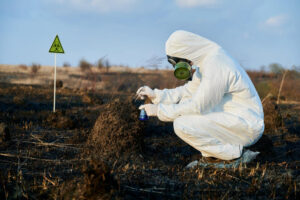
What are the principles of HACCP?
Seven HACCP principles enable packaging firms to examine their operations using a methodical approach to identifying potential hazards. These principles provide guidelines for developing a new HACCP programme or modifying an existing one.
1. Hazard Analysis– It is essential to identify the hazards prevalent in each step of a procedure and the precautionary measures that can be taken to mitigate these dangers.
2. Identify the critical control points of each procedure– A decision tree is utilised to discover controllable procedures so that a threat can be avoided, minimised, or decreased to an acceptable level. Frequently, packaging vendors have few CCPs in their procedures.
3. Establish limits for each critical control point– A critical limit is a minimum or maximum value that must be met to avoid, eradicate, or diminish a hazard to a reasonable threshold.
4. Establish and implement control point monitoring requirements– Each critical control point and monitoring action are required to guarantee that the limits are being observed.
5. Establishing remedial actions in the event that a crucial process step fails to operate under control– These are the steps that must be taken whenever critical limitations are bypassed. The purpose of remedial actions is to ensure that no hazardous product enters the market and harms a consumer.
6. Establish a system of regular checks and balances– Hazard analysis and critical limits, verification activities, and process deviation handling are all documented as part of a plant’s HACCP compliance requirements under HACCP standards.
7. Establish a method to verify that the HACCP system is functioning correctly– Verification is the process of confirming that the plant is functioning as intended. The HACCP plan is adequate if it is valid and legitimate.
What is the application of the HACCP approach to food packaging?
Suppliers of packaging for food products have become increasingly integrated with the food processing business in recent years. More and more tools are available to help packaging companies establish a HACCP-based programme, although it wasn’t initially created for packaging. HACCP was first established for NASA with the purpose of protecting astronauts from getting food-borne infections.
Ever since then, HACCP has been heavily emphasised in several food safety certifications geared towards packaging. A HACCP-based system relies on a series of preconditions to ensure that items are manufactured safely and sanitary. As part of a package supplier’s present quality management system, many pre-requisite initiatives are already in place at the company.
These pre-requisite initiatives include:
1. Supplier Management Program
2. Foreign Material and Detection Control
3. Integrated Pest Management System
4. Good Manufacturing Practices
5. Documentation and Record-Keeping
6. Traceability & Recall Program
7. Preventative Maintenance Program
Is food safety and plastics a good match?
A little-known fact is that the food business frequently benefits from plastic components. What’s better than a good plastic manufacturer? A plastic manufacturer that applies the HACCP approach! One of the best plastic bottle manufacturers to do so is Plas-Pak. Plas-Pak has risen to prominence as a plastics manufacturer because of its commitment to new product development and environmentally friendly production methods. If you’re interested in purchasing our high-quality products, feel free to visit our website! Visit plas-pak.com now for more information!

